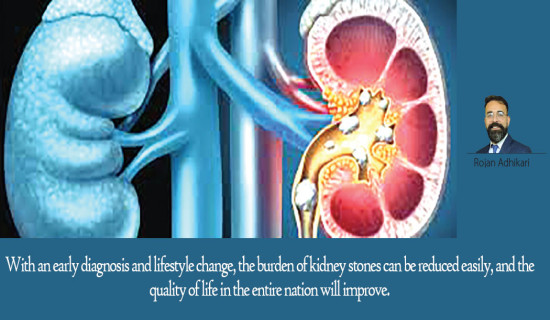- Saturday, 30 August 2025
Brain Demyelination: A Case Of Life & Death
Alexandra Balan-Senchuk
Demyelination of the brain and central nervous system is pathology characterised by damage to the sheath of nerve fibres and impaired conduction. Any disorder that results in the destruction of the myelin sheath is called a demyelinating disease.
Damage to the myelin sheath destabilises the conduction of the nerve signal, leading to neurological symptoms such as reduced sensation, cognitive ability, and movement that depend on the nerve signalling.
Demyelination is a pathological process that is a selective damage to the myelin sheath that passes around the nerve fibres of the central or peripheral nervous system, which leads to dysfunction of the myelin nerve fibres, according to Wikipedia.
The mechanisms underlying demyelination are not well understood by medical professionals, but factors that may be involved include genetic predisposition, certain infections, some autoimmune disorders and exposure to toxic chemicals.
Several conditions lead to demyelination, and one of the better known neurodegenerative disorders is multiple sclerosis. Here, the immune system is directed at the myelin sheath, or the cells that form and maintain it. This disease occurs twice as often in women than in men. The disease affects the inhabitants of central Russia and Siberia more than others.
The course of the disease in multiple sclerosis usually recurs, but it can also progress from the onset of the disease or become progressive after periods of remission. The latent phase between the initial manifestation of a symptom and the first relapse is variable.
Transverse myelitis is initial stage marked by inflammation of the spinal cord. In optic neuritis, optic nerve gets inflamed. There is inflammation of the spinal cord and brain in acute disseminated encephalomyelitis while adrenomyeloneuropathy or adrenoleukodystrophy are rare types of metabolic disorders.
Demyelinating disease usually results in muscle weakness and stiffness, loss of vision, sensation, and coordination, pain, and impaired bowel and bladder function. Demyelinating diseases include motor, visual, sensory, genitourinary and nervous symptoms.
One with motor symptoms has gait disturbance, limb weakness, spasticity, imbalance, and hyperreflexia while the visual signs are diplopia (double vision), blurred vision, loss of vision, and wobbling of objects in the field of vision.
The sensory symptoms include parasthesia (tingling sensation), dysesthesia (abnormal sense of touch), numbness, trunk pain, trigeminal neuralgia (severe facial pain), hyperpathy (increased sensation and pain threshold), allodynia (pain from painless stimuli), and abnormal movement due to abnormal perception.
The patients with genitourinary symptoms suffer from constipation, impotence, urinary incontinence, frequent urination, anorgasmia and dyspareunia (pain during sex). Under the nervous signs, the patients have anxiety, depression, irritability, impaired attention, concentration and memory impairment.
Brain demyelination is often a matter of life and death. There is no cure for demyelinating disease or preventing its progression, but early intervention in the process can help minimise the effects of attacks, manage symptoms, and change the course of the disease.
Depending on the specific disorder, a number of treatments are available, which may include drugs that reduce the frequency of new lesions. Treatment approaches for symptoms include muscle relaxants, physical therapy, and drugs to relieve fatigue and pain.
-- Pravda.ru

















